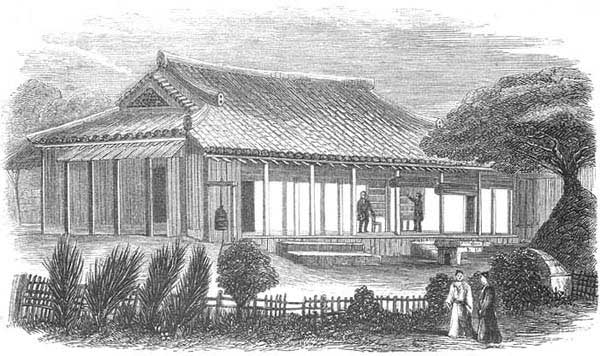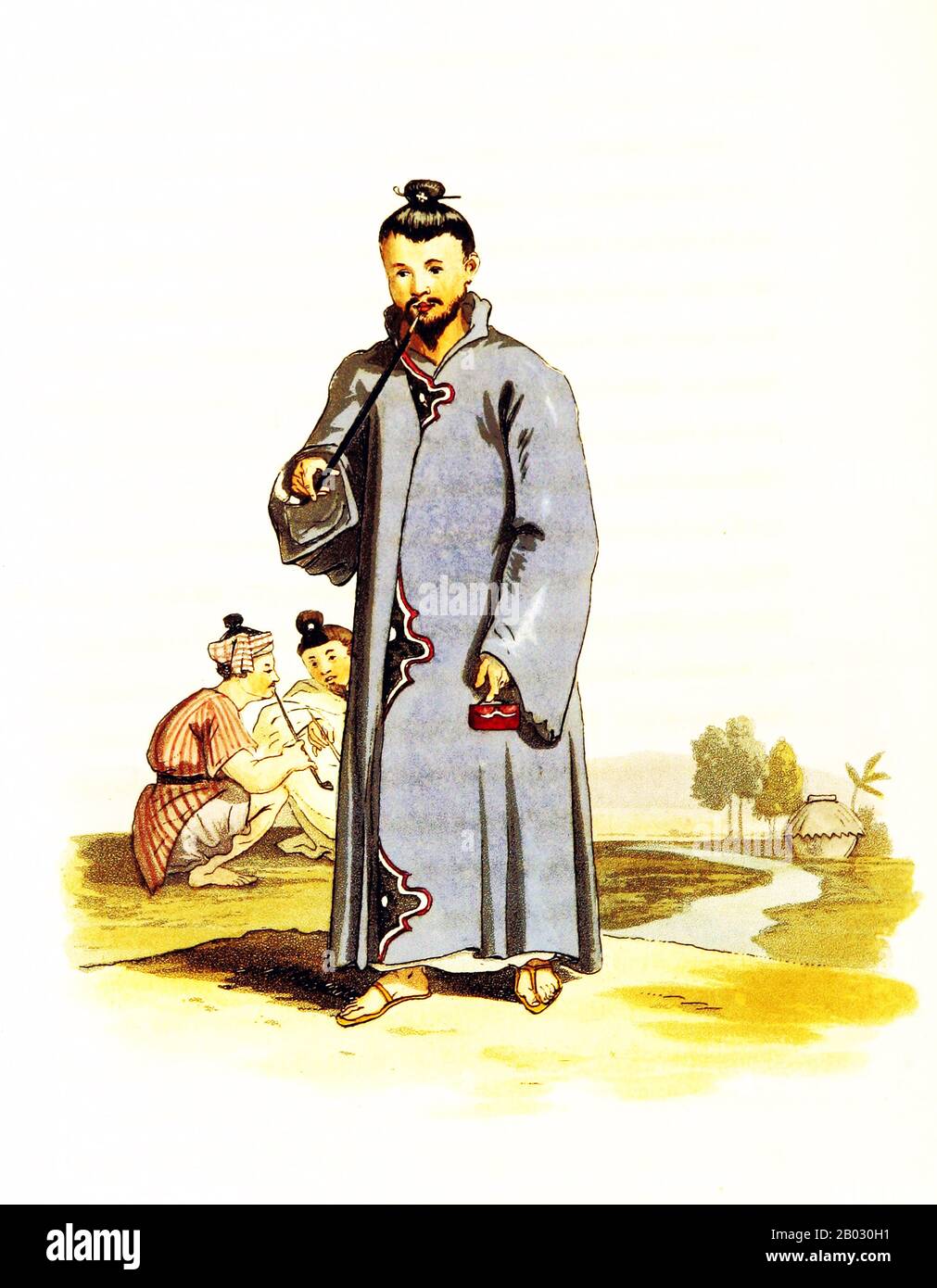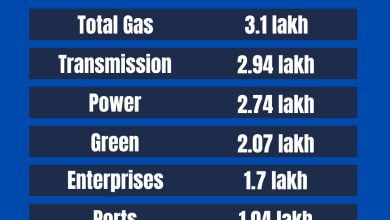Introduction And History of Lew Chew (Loochoo): Fascinating Origins

Welcome to the fascinating world of Lew Chew, also known as Loochoo. This ancient kingdom is an island paradise located in the East China Sea. It is now known as the Ryukyu Islands or Okinawa. The history of Lew Chew is rich and full of cultural heritage. Let’s dive into its story.
Geographical Location
The Lew Chew islands are situated between Japan and Taiwan. They form a chain of islands that stretch over 1,000 kilometers. The largest and most well-known island is Okinawa. This location made Lew Chew a vital hub for trade and cultural exchange.
Early History
The early history of Lew Chew dates back to the prehistoric era. Archaeological evidence shows that people lived on these islands thousands of years ago. They were skilled in pottery and fishing. Over time, small communities grew and formed the basis of the Lew Chew kingdom.
Formation of the Ryukyu Kingdom
In the 12th century, Lew Chew began to unite under a single ruler. This marked the beginning of the Ryukyu Kingdom. The kingdom thrived due to its strategic location. It became a center for trade between China, Japan, and Southeast Asia.
Golden Age of Trade
The 14th to 16th centuries were the golden age of Lew Chew. During this period, the kingdom established strong trade relations. They traded goods like ceramics, textiles, and spices. The kingdom’s wealth grew, and so did its cultural influence.

Credit: en.wikipedia.org
Cultural Flourishing
The prosperity from trade allowed culture to flourish. Lew Chew developed its own unique language, arts, and traditions. Music and dance became important aspects of their culture. Traditional crafts like pottery and weaving were highly valued.
Relations with China and Japan
Lew Chew maintained good relations with both China and Japan. They paid tribute to the Chinese emperor and adopted many Chinese customs. At the same time, they kept close ties with Japan. This dual allegiance allowed Lew Chew to thrive.

Credit: www.alamy.com
Annexation by Japan
In the late 19th century, the peaceful kingdom faced a significant change. In 1879, Japan officially annexed Lew Chew. The islands were renamed Okinawa Prefecture. This marked the end of the independent Ryukyu Kingdom.
Modern-Day Okinawa
Today, the islands are known as Okinawa. They are part of Japan but retain a unique cultural identity. Okinawa is famous for its beautiful beaches, delicious cuisine, and vibrant festivals. The people of Okinawa take great pride in their heritage.
Preserving Lew Chew’s Heritage
Efforts to preserve Lew Chew’s history and culture continue. Museums and cultural centers showcase traditional arts and crafts. Festivals celebrate the unique traditions of the Ryukyu Kingdom. These efforts ensure that Lew Chew’s legacy lives on.
Key Takeaways
| Period | Event |
|---|---|
| Prehistoric Era | Early inhabitants skilled in pottery and fishing |
| 12th Century | Formation of the Ryukyu Kingdom |
| 14th-16th Centuries | Golden Age of Trade |
| 19th Century | Annexation by Japan |
| Modern Day | Okinawa, preserving Lew Chew’s heritage |
Frequently Asked Questions
What Is Lew Chew?
Lew Chew, also known as Loochoo, is an ancient name for the Ryukyu Islands in Japan.
Where Is Lew Chew Located?
Lew Chew is located in the East China Sea, south of Japan’s main islands.
What Is The History Of Lew Chew?
Lew Chew has a rich history, influenced by both Japanese and Chinese cultures.
Why Is Lew Chew Significant?
Lew Chew played a crucial role in maritime trade between Japan, China, and Southeast Asia.
Conclusion
The history of Lew Chew is a tale of resilience and cultural richness. From its early days as a trade hub to its modern identity as Okinawa, the legacy of Lew Chew continues to inspire. By understanding and preserving its history, we honor the enduring spirit of this remarkable island kingdom.




